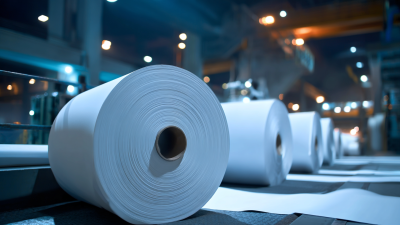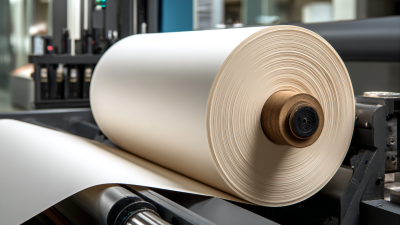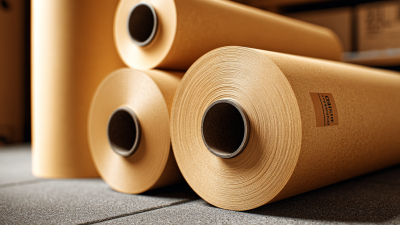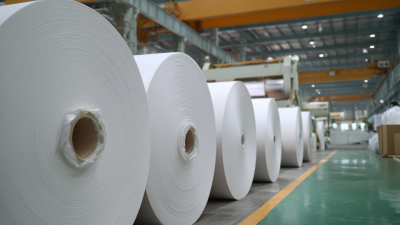Choosing the right offset paper is a crucial step in ensuring the success of your print projects, whether you're working on brochures, business cards, or high-quality art prints. Offset paper comes in various weights, finishes, and textures, each influencing the overall look and feel of the printed material. Understanding the nuances of offset paper can greatly enhance your project's visual appeal and effectiveness in conveying your message. In this guide, we will explore key considerations for selecting the right offset paper, including factors such as paper weight, brightness, and surface coating. By the end of this article, you will be equipped with the knowledge to make informed decisions that align with your creative vision and project goals, ensuring your printed materials stand out in a competitive market.
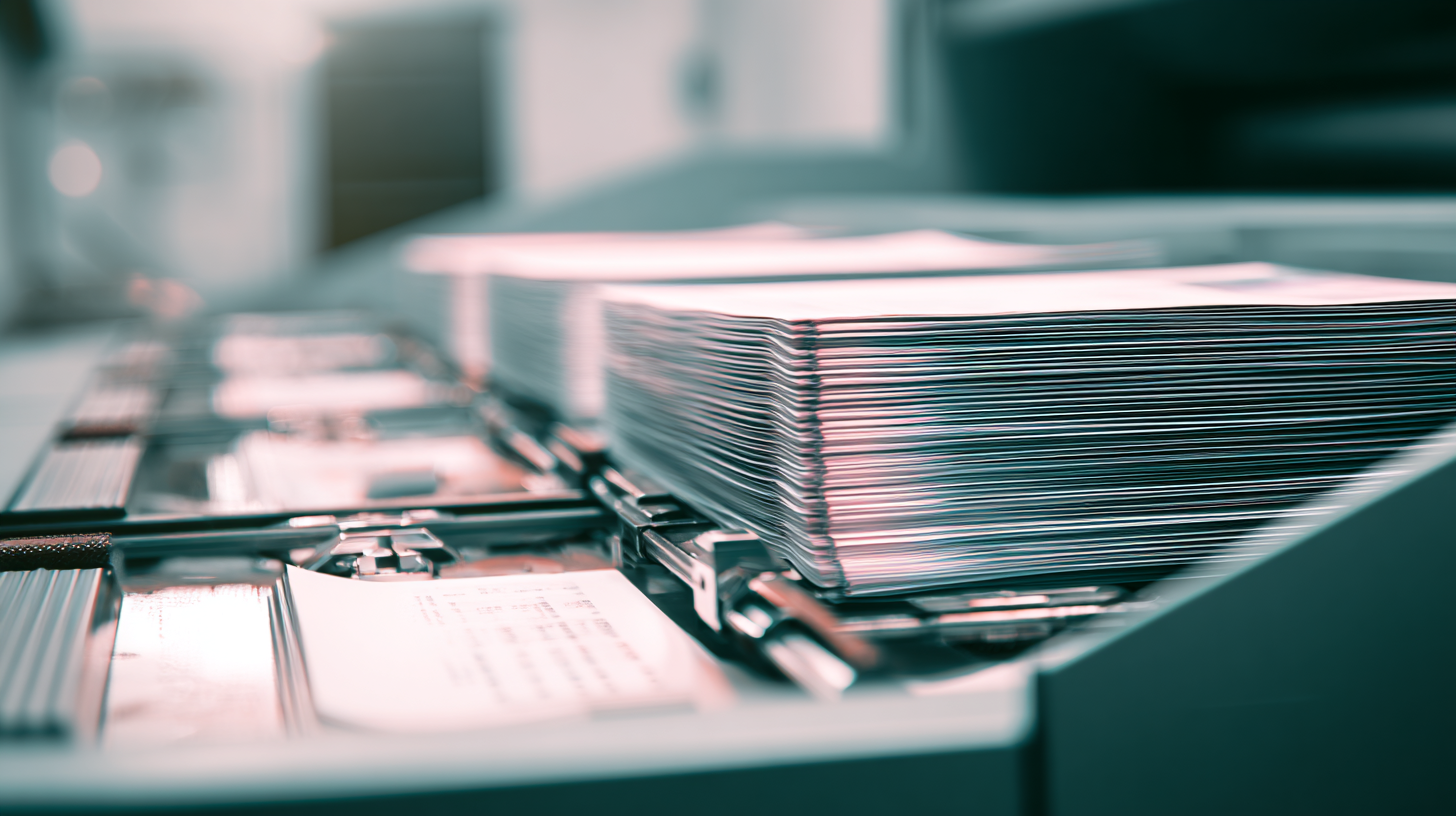
When selecting offset paper for print projects, it's essential to understand the various types available, as each serves different needs and purposes. Offset paper generally falls into two categories: coated and uncoated. Coated papers, which have a smooth finish and are often glossy or matte, are ideal for high-quality images and vibrant colors. They are commonly used for brochures, magazines, and promotional materials where visual appeal is paramount.
On the other hand, uncoated papers offer a more natural feel and are often used for projects that require a more subdued aesthetic, such as letterhead, business cards, and envelopes. They provide excellent ink absorption and are easier to write on, making them a preferred choice for stationery and reports. Additionally, weights and textures can vary significantly between types, so understanding how these factors influence the final product is key to making an informed decision. Choosing the right offset paper not only enhances the overall look and feel of your print project but also ensures that it meets your specific needs and objectives.
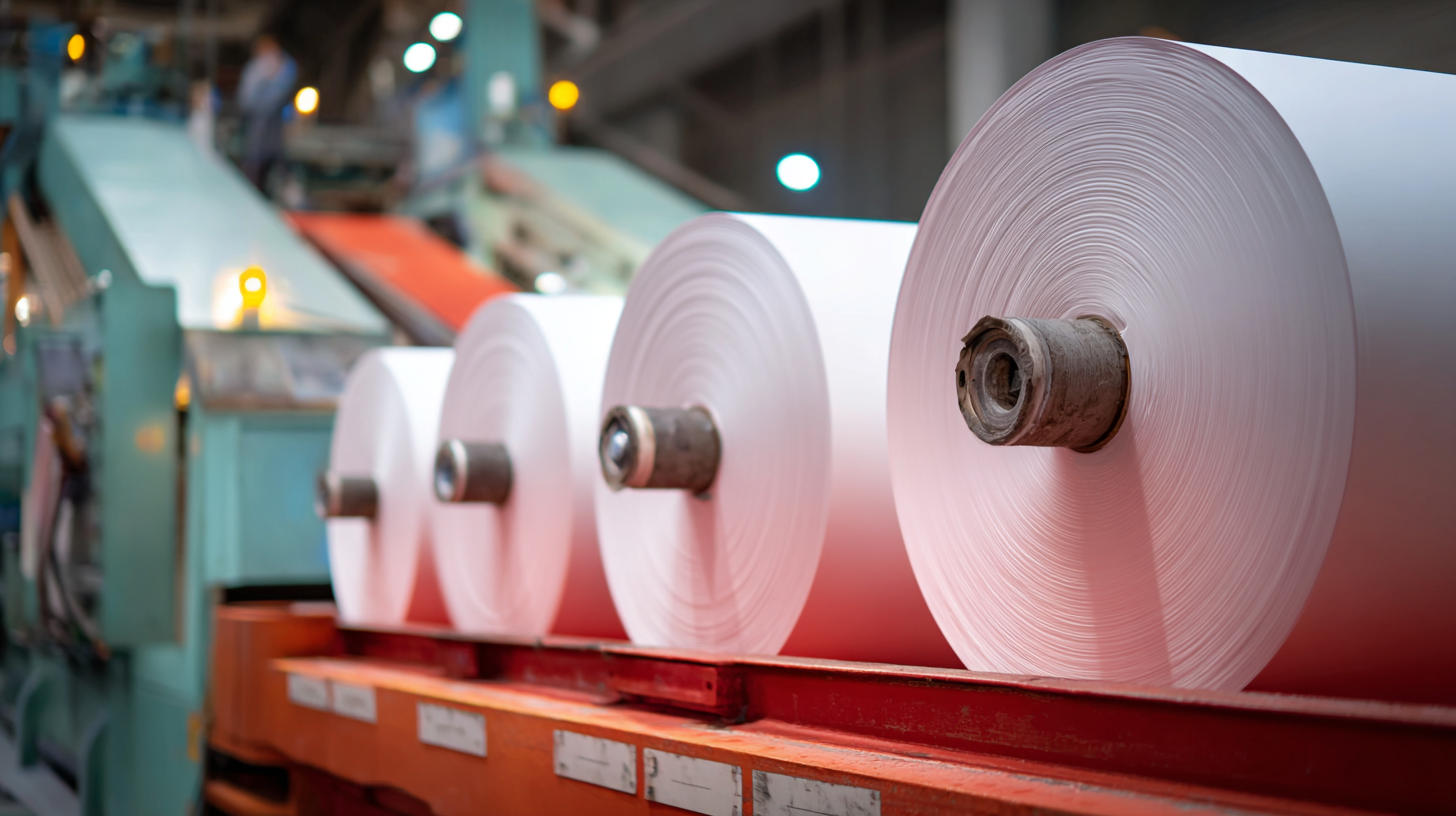 When selecting offset paper for print projects, understanding paper weight and thickness is crucial for achieving optimal print quality. Paper weight, measured in grams per square meter (gsm), influences not only the look and feel of the printed material but also its durability. For projects requiring a professional finish, such as brochures or business cards, heavier paper (250 gsm and above) is often preferred, as it provides a more premium appearance and tactile experience. Lighter papers, on the other hand, are suitable for less formal items like flyers or internal communications.
When selecting offset paper for print projects, understanding paper weight and thickness is crucial for achieving optimal print quality. Paper weight, measured in grams per square meter (gsm), influences not only the look and feel of the printed material but also its durability. For projects requiring a professional finish, such as brochures or business cards, heavier paper (250 gsm and above) is often preferred, as it provides a more premium appearance and tactile experience. Lighter papers, on the other hand, are suitable for less formal items like flyers or internal communications.
Thickness, typically measured in mils or points, plays a significant role in how paper handles ink. Thicker papers absorb ink differently than thinner ones, which can affect color vibrancy and edge definition. For example, papers that are too thin may lead to ink show-through, detracting from the overall aesthetic. Additionally, the thickness must be compatible with the printing process used; for instance, digital printing may require specific thickness levels to ensure proper feeding through the printer. Therefore, evaluating both weight and thickness is essential when choosing offset paper, as they directly impact the finished product's quality and effectiveness.
When selecting offset paper for your print projects, one crucial factor to consider is the choice between matte and glossy coatings. Matte coatings offer a non-reflective surface, making them ideal for projects where text readability is paramount. They reduce glare and reflections, providing a more sophisticated, understated look. However, while they can enhance colors and detail, matte finishes may slightly dull the vibrancy of the printed image, resulting in a less striking visual presentation.
On the other hand, glossy coatings produce a shiny and reflective finish that can make colors pop and images appear more vibrant. This type of coating is often preferred for promotional materials, photographs, and any project where visual impact is essential. However, the reflective nature of glossy surfaces can sometimes lead to issues with glare, making them less suitable for certain contexts, such as displays in brightly lit environments. Ultimately, the choice between matte and glossy should align with the specific goals of your project, whether you prioritize visibility and readability or seek a bold, eye-catching design.
| Paper Type | Coating Type | Ideal Usage | Finish Quality | Cost Consideration |
|---|---|---|---|---|
| Uncoated | No Coating | Stationery, Notepads | Natural Look | Low |
| Coated | Glossy | Brochures, Posters | High Color Vibrancy | Medium |
| Coated | Matte | Invitations, Business Cards | Elegant Finish | Medium to High |
| Specialty | Satin | Art Prints, Photography | Balanced Reflection | High |
| Recycled | Matte | Eco-friendly Projects | Rustic Appearance | Varies |
When selecting offset paper for print projects, the environmental impact of your choice should be a primary consideration. Sustainable offset papers are made from responsibly sourced materials, often incorporating recycled content and certified by organizations such as the Forest Stewardship Council (FSC). These certifications ensure that the paper production process minimizes deforestation and preserves biodiversity, contributing positively to the planet's health.
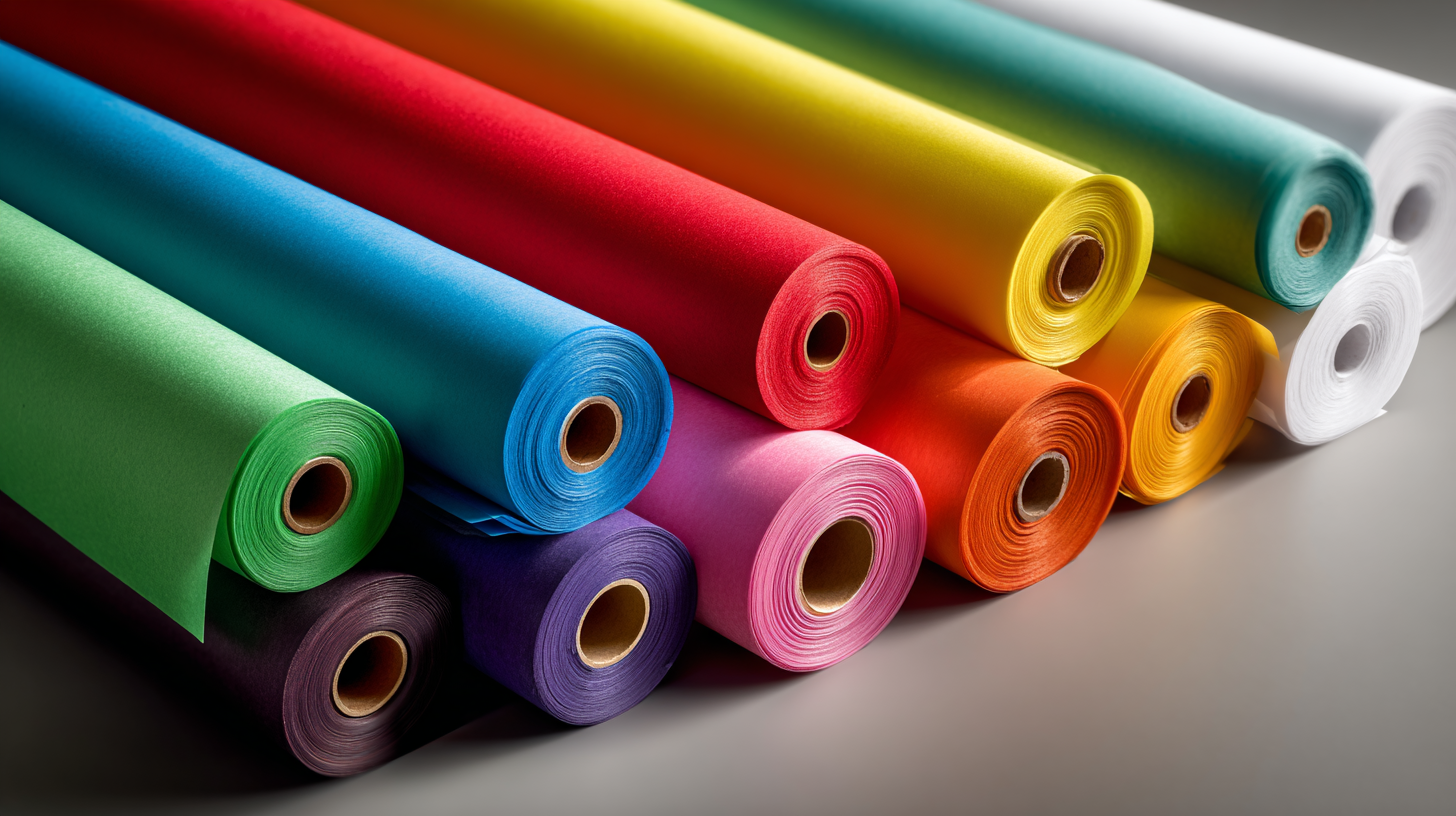
Additionally, opting for papers produced with eco-friendly processes can significantly lower your carbon footprint. Many manufacturers now use chlorine-free bleaching methods and water-based inks, which are less harmful to the environment. By choosing sustainable options, businesses can not only reduce their ecological impact but also appeal to a growing demographic of environmentally conscious consumers. This commitment to sustainability can enhance brand reputation while promoting responsible consumption in the print industry.
When selecting the right offset paper for your print projects, it’s crucial to consider how the finish of the paper interacts with various printing techniques. Different printing methods, such as offset lithography, digital printing, and letterpress, can yield varying results based on the paper's surface. For instance, a coated paper with a smooth finish can provide sharp, vibrant colors, making it ideal for high-quality images in offset printing. On the other hand, uncoated papers can absorb ink differently, which might create a more muted color effect, fitting for projects that emphasize texture or a more organic feel.
Moreover, the choice of paper finish can significantly influence the final aesthetic of your printed materials. If you're using techniques like foil stamping or embossing, selecting a thicker, textured paper can enhance the tactile experience and visual depth. Conversely, if your project requires extensive color coverage, opting for a gloss or satin finish will help prevent ink bleed and ensure a polished appearance. By matching the paper finish to your printing techniques, you can achieve the desired outcome, enhancing both the visual impact and overall quality of your print projects.
